What Best Describes the Relationship between Blockchain Technology and Cryptocurrencies?
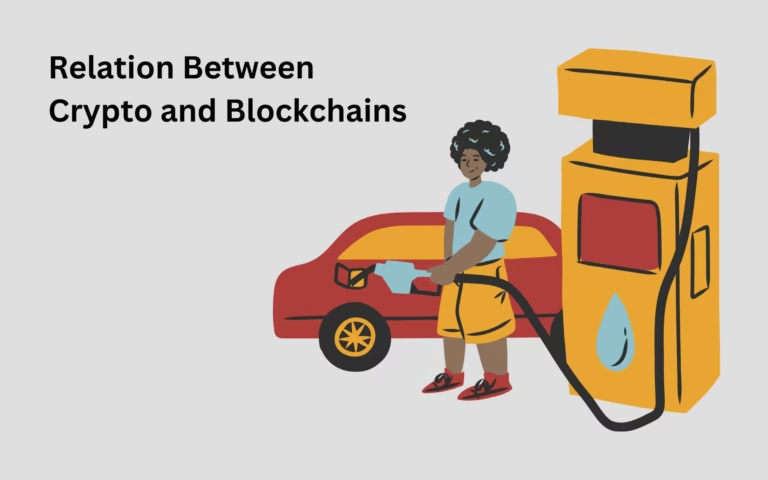
Just like the diesel helps the truck move (i.e., change location), similarly to add any data on the blockchain, you need to spend its native crypto.

Just like the diesel helps the truck move (i.e., change location), similarly to add any data on the blockchain, you need to spend its native crypto.
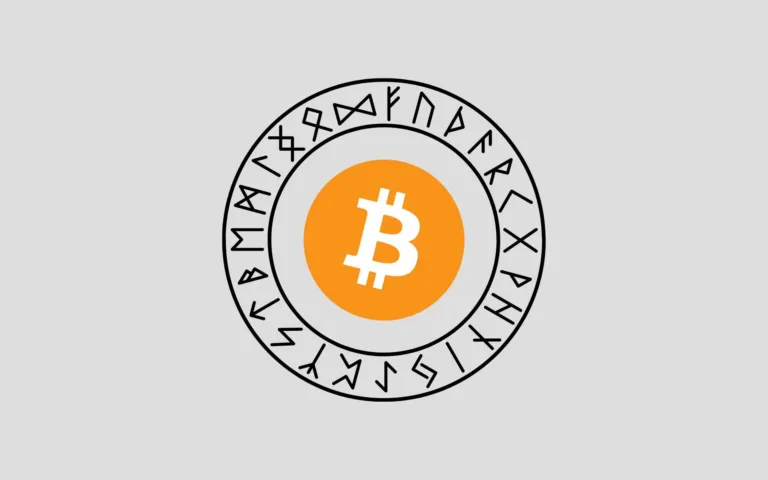
Bitcoin Runes, launched with Bitcoin's 840,000th block, are a new token standard improving upon BRC-20. The token standard was developed by Casey Rodarmor.
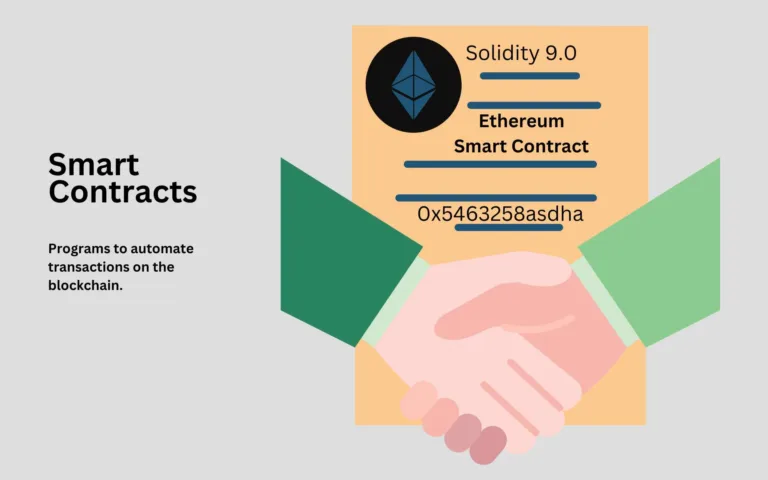
Smart Contracts are pieces of codes that automatically execute blockchain transactions based on a set of inputs given.
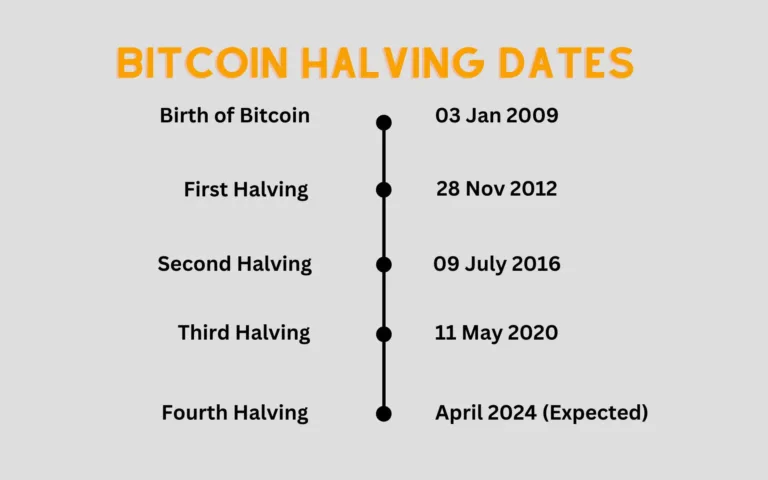
Halving means a phenomenon in blockchains by which block rewards are reduced to half of their previous value.
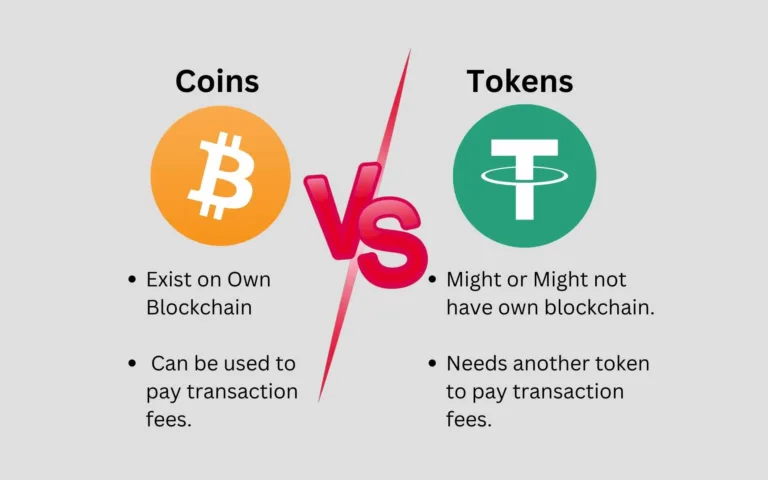
Tokens are those cryptocurrencies which exist on other blockchains; and might or might not have their own blockchain. Understand the difference of coins vs tokens.
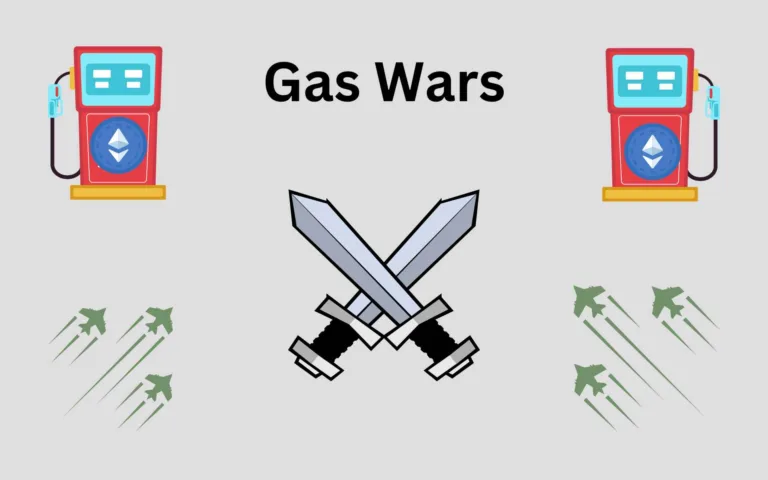
In Ethereum, Gas War means a competitive situation where senders compete for gas fee to get their transactions executed in priority.
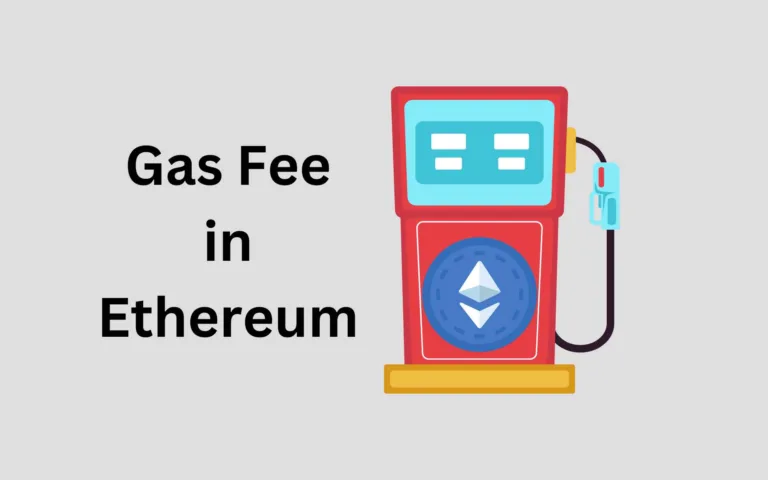
Gas fee is the transaction fee charged in the Ethereum blockchain. The fee is paid to Ethereum validators for verifying transactions and adding blocks to the blockchain.
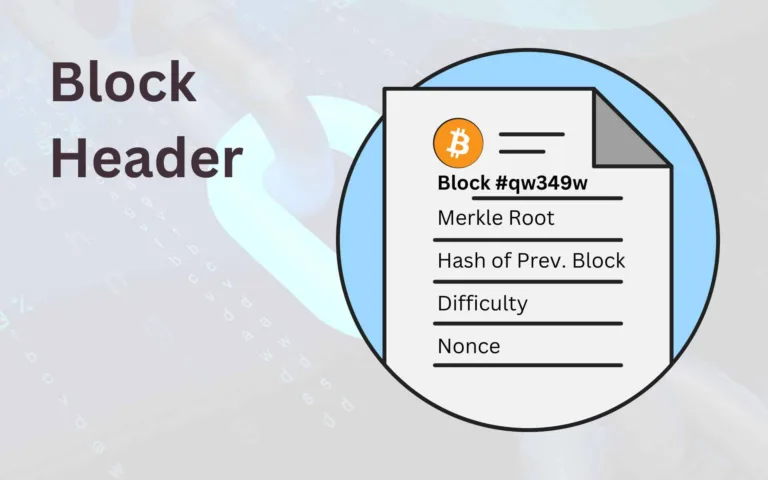
Block Headers are the meta data of each block on a blockchain. They contain details such as nonce value, hash of previous block, timestamp, difficulty target, etc.

A Merkle Root is the hash of all the transactions in a block by hashing transactions till the time there exists only a single hash result for the entire block.

Consensus Mechanisms are different ways to verify blockchain transactions by running it through multiple validators each of whom verifies them individually.
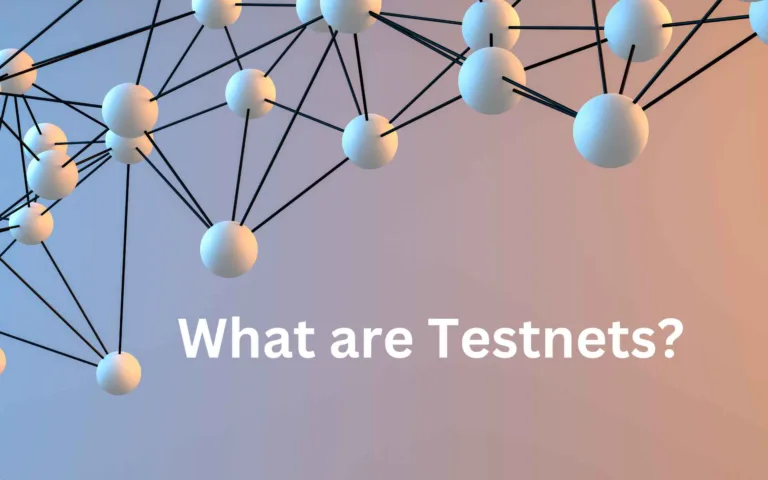
A testnet is a replica of the mainnet with reduced security and reduced network capacity meant to simulate the mainnet for testing purposes.
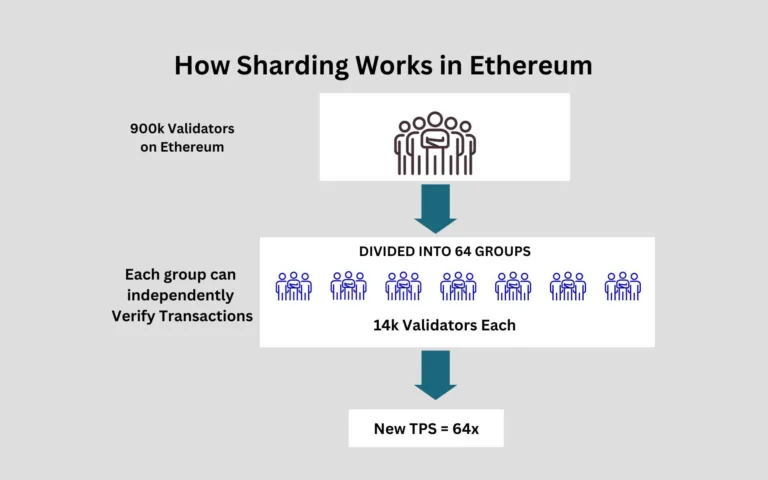
Sharding is the process of breaking a blockchain's total no. of validators into smaller groups called "Shards". Each shard has its own unique set of validators.